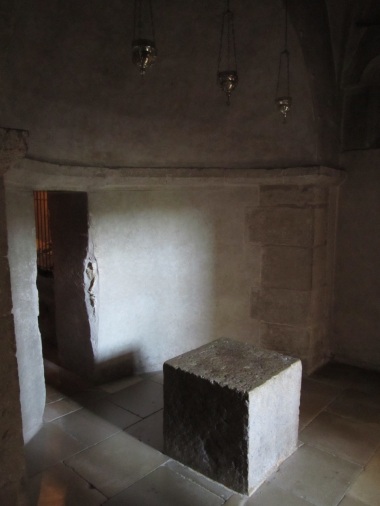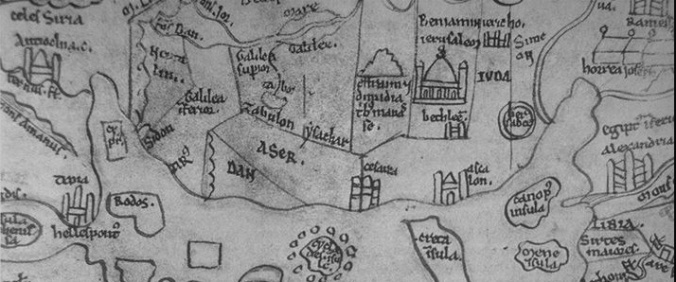The History of Art Department at the University of York is hosting a cross-period, interdisciplinary conference in March 2015 on ‘The Politics of Visual Translations of Jerusalem’. The Call for Papers is below, and you can download it as a PDF here.
Access to and sovereignty over the holy places of Jerusalem is a frequent source of political tension amongst the three Abrahamic faiths, while further discord has developed over the religious and secular identities of the city. There is no question that contemporary visualisations of Jerusalem are concerned with the political status and symbolism of Jerusalem as a divided city, disputed state capital and key issue for the peaceful resolution of the Israeli-Palestinian conflict. However, despite acknowledgment of the deep historical roots of contemporary political conflicts in the Middle East, the political significance of earlier visual translations of Jerusalem has often escaped scholarly attention. This conference aims to address this important issue. It seeks to look across different historical periods, geographical boundaries and religious traditions to bring out the range of political ideas and agendas which underpin architectural translations, visual representations and physical relics of Jerusalem in Europe and beyond. Considering the ways in which Jerusalem and its holy places were imagined, visually represented, and replicated across the medieval, early modern and modern periods, the conference will ask: What political interests or regimes have become invested in the recreation of Jerusalem? How have local or wider political events impacted on Jerusalem translations and their histories, for example with regard to iconoclasm and politically motivated acts of vandalism and destruction? As such, the conference will examine political dimensions in the construction, use, appropriation, and reception history of visual translations of Jerusalem, seeking to establish a productive scholarly dialogue between place, period and political agenda.
Keynote lectures will be given by Achim Timmermann (University of Michigan) and Antony Eastmond (Courtauld Institute).
Papers are invited from researchers in the fields of history of art and architecture, politics, history, literature, religion, archaeology, and other relevant disciplines. Areas of particular interest include:
Jerusalem recreations and the definition of nations, states, empires, cities and peoples
Political regimes: the recreation of Jerusalem at centres of power and within political territories; the importance of Jerusalem for the self or public image of rulers
Current events: the role of visual translations of Jerusalem in political debates, polemics, propaganda, and political movements; Jerusalem sites as places of political resistance or rebellion
The politics of performance, exhibition and consumption
The use or reuse of Jerusalem sites as memorials
The politics of loss: destruction or neglect of Jerusalem translations
Please send an abstract of up to 300 words to Laura Slater (jerusalemeuropeconference@gmail.com). Deadline for submission of proposals is 10 October 2014. Limited funding is available to help cover external speakers’ travel and accommodation expenses. Please let us know in your email if you require funding. The conference is organized in the context of the European Union’s Seventh Framework Programme (FP7/20072013)/ ERC grant agreement no.249466.
For further information see: https://www.york.ac.uk/historyofart/ visualtranslationsjerusalem/



